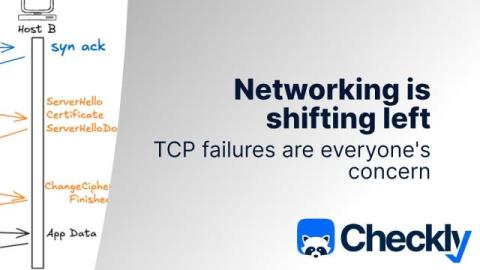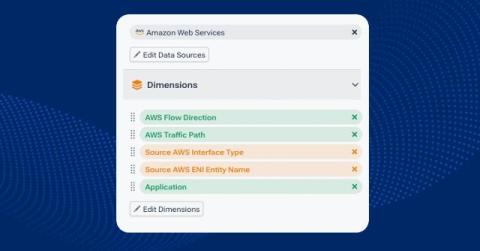How to Mitigate and Prevent Network Automation Risk
Network automation platforms have many self-evident benefits. They empower NetOps teams to accomplish a lot more in a lot less time. More specifically, network engineers can automate simple tasks so that they can focus on more important, big-picture objectives. These platforms can streamline multiple processes before uniting them into a single, seamless flow.











